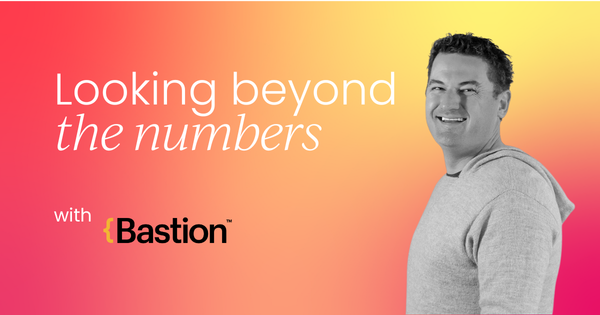The wealth of data available to businesses has virtually revolutionized marketing in recent years. What was once based on instinct and assumptions is now based on data-driven insights gained from careful analysis.
However, is data-driven marketing taking the “art” out of the equation? The data can provide key information to guide campaigns and strategy, but where do humans fit into the process?
After all, purchasing decisions are guided, in part, by human emotions and experiences.
Understanding the science of data-driven marketing
Data analytics is an important part of making decisions, tracking performance against established goals, and predicting market trends and expected outcomes. When businesses have more data than ever before, they can make decisions based on logic, facts, and analysis instead of emotions and intuition.
Many businesses are shifting toward data-driven marketing strategies. About 64% of marketers strongly agree that data-driven marketing is a crucial aspect of success in the hypercompetitive business climate.
The science of marketing is all about experimentation, analysis, validation, and adaptation. There are clear goals and objectives, metrics, and analysis to determine which campaigns are successful and which need more work. Data is part of every choice, from a CTA button to the time of day for sharing on social media.
Perhaps more importantly, data provides the audience. Humans are necessary to engage with customers on an emotional level, but that’s not effective if they’re speaking to the wrong audience from the start. A science approach isn’t about guessing at who the audience is, but building comprehensive buyer personas based on key traits and characteristics that represent the target customers.
For example, Netflix relies on viewing history to gain insights into a user’s interests and preferences. The algorithm builds a profile to recommend new movies and shows, offering personalized recommendations from the moment they hit the homepage.
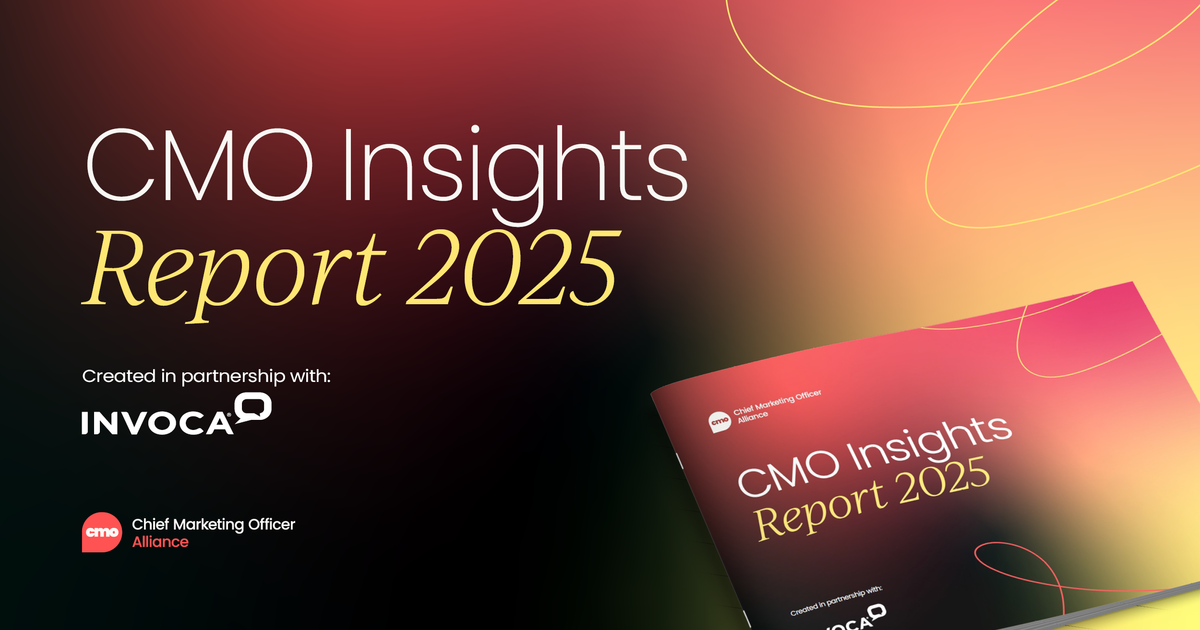
Understanding the art of human-driven marketing
Data and science are reliable and provide results, but there’s more nuance to marketing successfully beyond the hard numbers. Until data was widely available, marketers had to based their campaigns on their intuition and understanding of their customers and human psychology – and they were often successful.
The art of marketing is capturing the heart and mind of the audience, looking past the numbers to speak to the person on the receiving end. This means unique content that captivates and engages the audience.
Artists and creatives have a distinct ability to empathize with the audience. That’s why they succeed in the realm of television, movies, and novels, as well as in marketing messaging. The human understanding of the target audience and what they want and need is essential to successful campaigns.
Coca-Cola is one of the best examples of the use of creativity in campaigns – particularly nostalgia. Campaigns like the Christmas polar bears, featuring classic Christmas imagery that evokes feelings of warmth and togetherness, and “Share a Coke,” emphasizing connecting with your fellow humans, showcase why human intuition and psychology are so important.
How to balance art and science in marketing
Your marketing strategy is missing key pieces if you rely only on your data or your intuition. Instead, you need both – use the data to plan, predict, and validate, but rely on your intuition to add the emotional hook that captures the audience.
Build a diverse team
A marketing team that’s just creative can create incredibly unique marketing content, but they may miss the details in the data to ensure they’re speaking to the right audience or tailoring their messaging and imagery.
Similarly, the diverse team of science-minded marketers will focus on the data, paying attention to the keywords, demographics, purchasing behavior, and other granular details. However, they could miss the “big picture” of how to translate all of that data into a story that connects with the audience on an emotional level.
In short, you need both. Your team should have a combination of analytical and creative types to make magic happen. These two types of marketers can learn from each other, balance each other’s strengths and weaknesses, and create truly resonant campaigns.
Build your foundation with data
While the balance you find with art and science depends on your strategy, it should always start with data first. It provides the foundation that informs your campaigns and helps you establish the audience and goals.
Gather all the relevant data for your strategy, starting broad and narrowing it down to the most relevant insights. Include historical trends, past performance metrics, and key customer demographics and psychographics to shape your campaign.
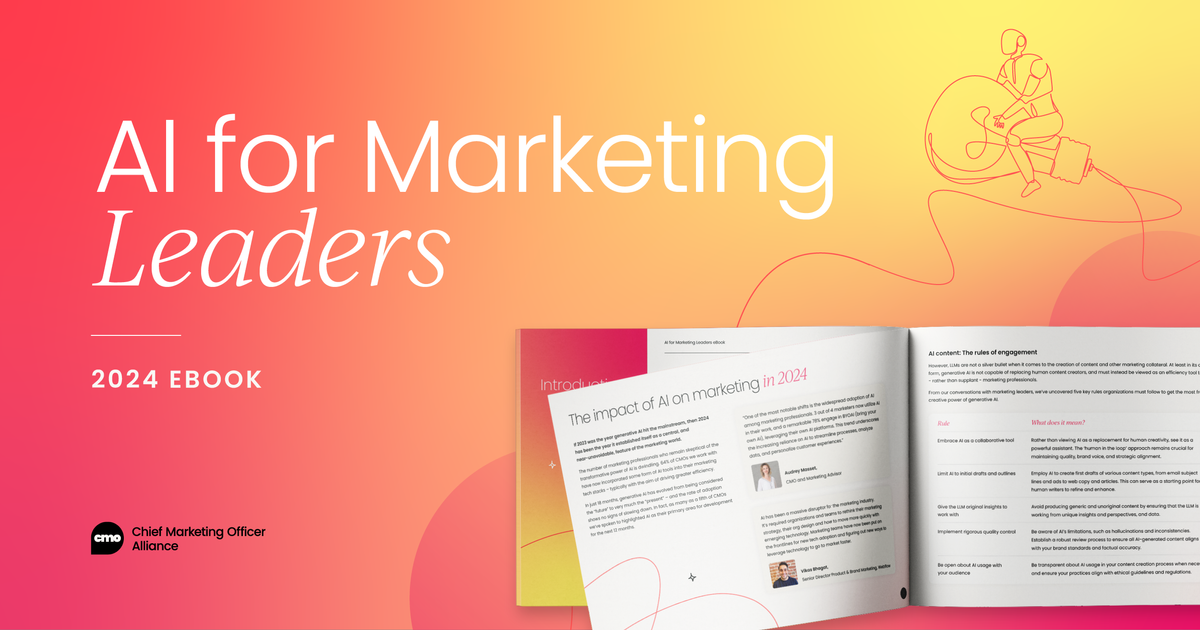
Bring intuition into it
Now is when your intuition is an asset. You have the data to plan your campaign and understand your audience. It’s time to look between the lines, past the numbers, to imagine the humans you’re speaking to.
Tap into your empathy. Put yourself in the shoes of the buyer, whether it’s a business owner looking for enterprise software, a young mom shopping for her children, or a college student stretching a tight budget, and what they want and need from your products or services.
Keep the human in your buyer personas
Buyer personas are a big part of data-driven marketing, but they’re also a good example of how intuition plays into it. A buyer persona is essentially a representation of the target customer, imagined as a real person.
If you based that persona on just data, you could get an impersonal, unrealistic view of who your buyer really is – leaving you with messaging that misses the mark.
Get validation from others
Always ask for feedback from others, both within and without your team. Ask them how they interpret your ideas and what they think could be improved. If you have a team member similar to a buyer persona, make sure you get their honest feedback to help you focus your message.
Getting perspective validates your ideas and may produce a more effective campaign. In some cases, it can even save you from a marketing fail caused by an audience interpretation you didn’t anticipate.
Don’t be afraid to fail
It’s okay to test the waters and follow you intuition sometimes, even if the data doesn’t support it. However, it’s important to do so carefully by experimenting with small-scale campaigns. This is an opportunity for you to try out new ideas without taking a lot of risk.
If the campaign fails, not much harm is done. If it succeeds, you can expand it to a larger campaign and gain important insights to inform your future campaigns. It’s a win-win.
Don’t marry your assumptions
Being successful with data is partly a matter of being willing to listen to what it’s telling you, even if it goes against your assumptions. If you’re stuck to an idea, it can be detrimental to your campaigns. Keep an open mind and follow where the data leads you.
Examples of art and science in action
Still not sure how you can use data to bolster your intuition? Here are some examples:
- In personalized email campaigns, data like customer behavior, purchase history, and engagement rates are important for segmenting audiences. However, intuition is needed to craft compelling subject lines that encourage a recipient to open.
- Keyword research and SEO insights are important for optimizing content topics, but storytelling is necessary for content that feels authentic to the audience. While AI can help, storytelling still takes a human touch.
- For a product launch, conducting market research and analyzing competitor performance can help you determine the likelihood of success, but you also have years of experience in your industry and “gut feelings” about products or features your customers may want.
Strike the right balance
Marketing relies on both the hard numbers and human intuition. Your campaigns should be informed by your data, but the creative aspects should be guided by the empathy of your human team to inspire customer action.
About the author
Chris Bretschger, Managing Partner at Bastion Agency, is a seasoned marketer with over 20 years of experience in integrated marketing.
He has developed brand strategies, managed media campaigns, and built analytics tools for clients like Mazda, Adidas, Jenny Craig, and Kia. When not leading Bastion, Chris enjoys superyacht regatta racing on the open seas.
It's increasingly challenging for CMOs to measure performance accurately, but this report has been design to give you a clear, reliable view of your marketing effectiveness.
Get your free copy and start benefiting from insights that'll allow you to make better decisions with confidence.
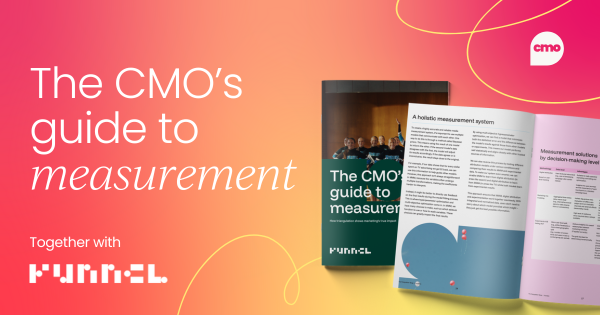






.png)


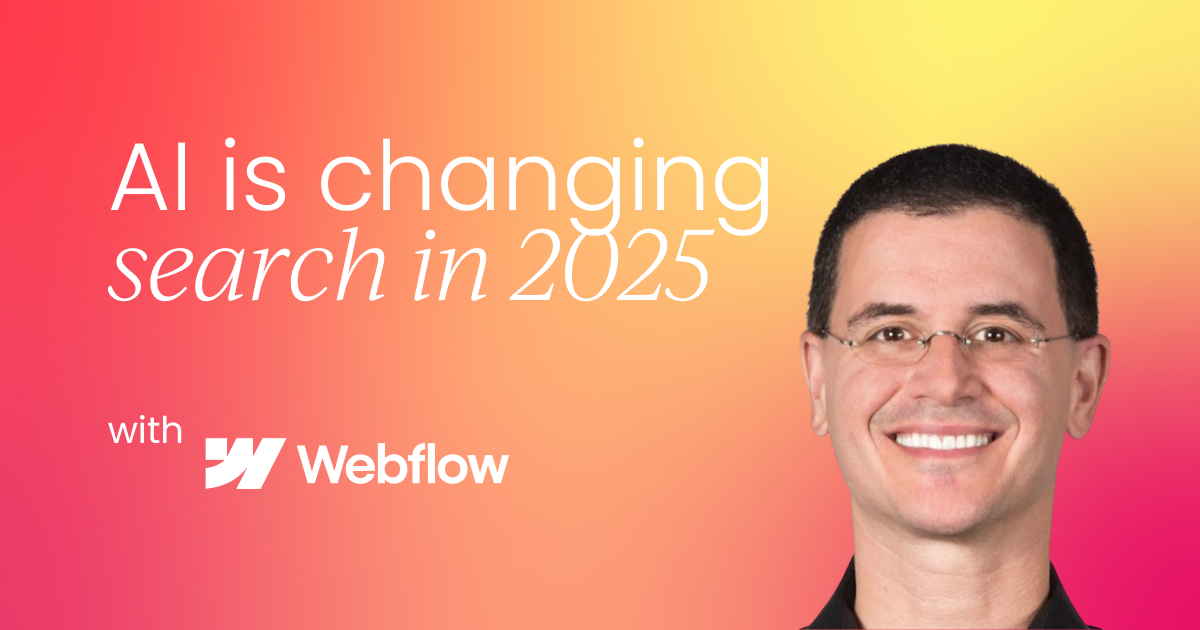
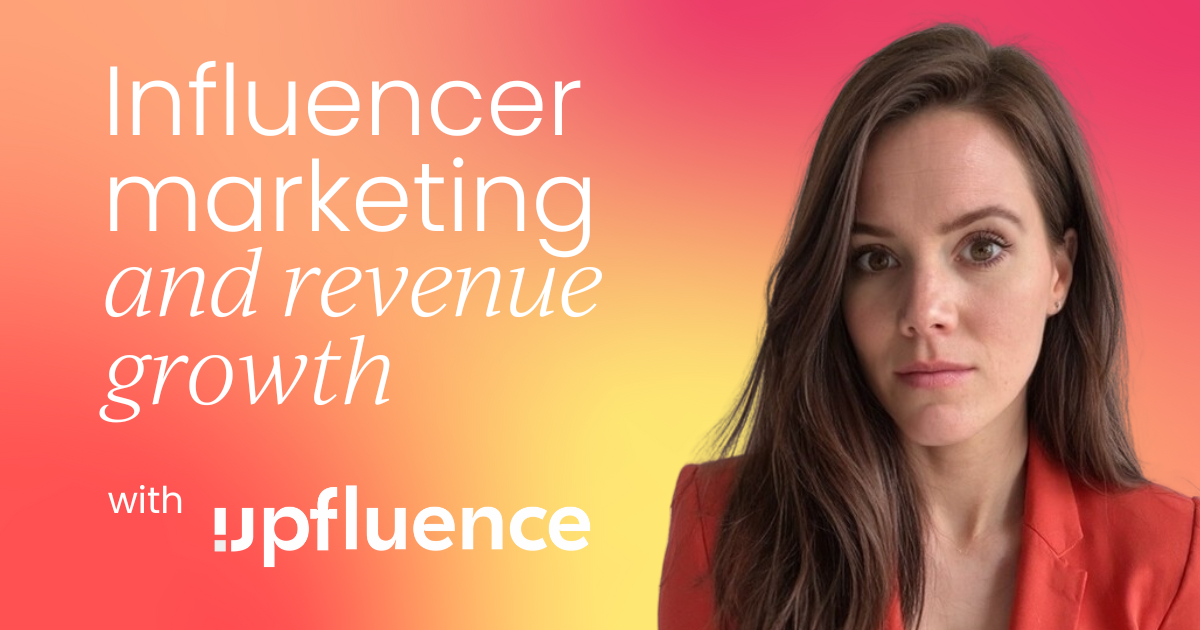
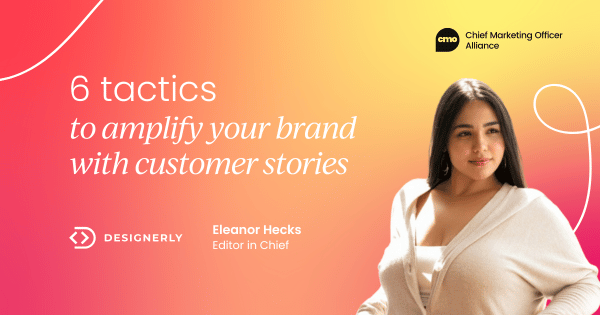




 Follow us on LinkedIn
Follow us on LinkedIn




